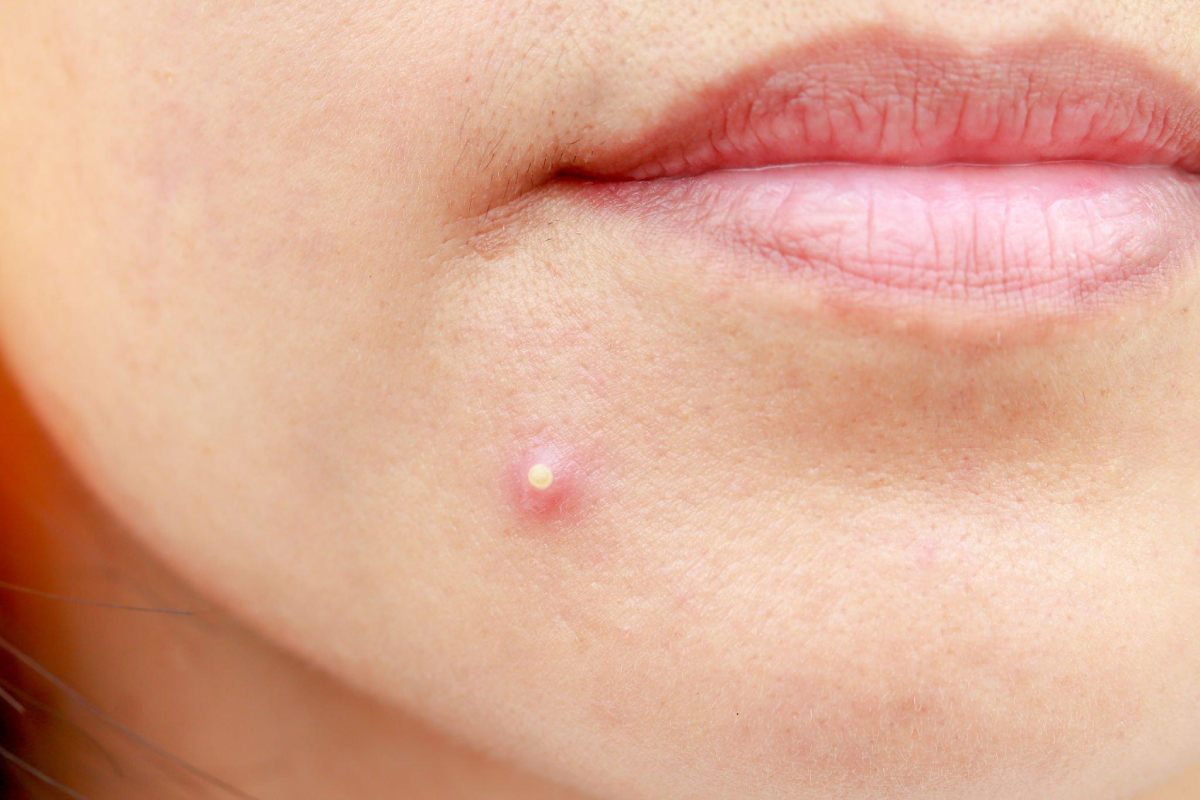Septorhinoplasty is a combination procedure that improves the look of your nose (rhinoplasty) and how you breathe through your nose (septoplasty). It entails operation on the bones and tissue that give the nose its form and structure and straightening your septum.
Table of Contents
A Good Candidate for Septorhinoplasty
You may be a suitable candidate for septorhinoplasty if you have a positive attitude and realistic goals for improving your looks, are healthy physically, and don’t smoke. For more information on candidacy, you may consult your top septorhinoplasty doctor in Washington DC.
Procedure Steps for the Septorhinoplasty
1. Anesthesia
There are two options for anesthesia in a septorhinoplasty: intravenous sedation or general anesthesia. Intravenous sedation uses medications to relax and make you sleepy during the procedure. If you choose this option, your surgeon will give you an anesthetic injection to keep you relaxed but awake during the surgery.
General anesthesia makes you completely unconscious during the procedure, so you’re unaware and completely pain-free while your surgeon reshapes your nose. The choice between intravenous sedation and general anesthesia is entirely up to you and your surgeon. Still, in most cases, general anesthesia is recommended for septorhinoplasty because it’s safer for both the patient and the surgeon.
2. Incision
Septorhinoplasty can either be closed (incisions done inside the nose) or open (an incision is done across the columella, the small strip of cartilage that separates the nostrils).
The skin covering the nasal bones and cartilage is gradually lifted through these incisions, providing access to remodeling the nose structure.
3. Reshaping the structure of the nose
A nose can be trimmed by eliminating bone or cartilage. Occasionally, cartilage grafts are required during cosmetic nose surgery.
Cartilage from the septum, the partition in the center of the nose, is most usually used for this purpose. Occasionally, ear cartilage or a portion of rib cartilage may be used.
4. Repairing a deviated septum
If the septum is misaligned, it can be fixed, and the protrusion inside the nose can be decreased to enhance breathing.
5. Closing the Incision
Once the underlying structure of your nose has been shaped to the appropriate shape, the nasal skin and tissue are redraped, and wounds are closed. To change the size of the nostrils, further incisions can be made in their natural creases.
Septorhinoplasty Recovery
During your septorhinoplasty recovery, you’ll have to protect your nose. As the new nasal structure heals, you must keep it well-protected to prevent scar tissue formation, which can cause chronic inflammation and interfere with the final result of your surgery.
A splint or packing may be placed inside your nose on the day of your procedure to support and protect the new structures during initial healing. Keep the splint or packing in place for at least a week after surgery, even while you sleep. Your surgeon will give you specific instructions about how long you should continue to wear the splint.
While the initial swelling goes down in a few weeks, your revised nasal contour could take up to one year to fully develop. You’ll see gradual changes in the look of your nose throughout this time as it streamlines to a more permanent result.
Frequently Asked Questions
What if I don’t like the results of this surgery – can it be fixed?
Revision surgery can be performed to correct and fix whatever is wrong. You should know that mending takes time and progresses at a varied rate for each individual. It is critical to allow healing before viewing and appreciating the ultimate outcomes of any surgery, especially septorhinoplasty. Note that swelling and bruises can mask your final result until they are completely resolved.
Does insurance pay for septorhinoplasty surgery?
If your surgery is solely for cosmetic purposes, your insurance will not pay. Insurance may pay the expense of surgery for medical or functional issues, such as a broken nose that now prevents appropriate breathing. It would help if you verified with your insurance company.
When will I be able to return to work and normal activities?
Patients are usually presentable and ready to work one week again after surgery. After about a week, you may be able to return to modest exercise. You will be prohibited from engaging in strenuous activities or sports for at least three weeks. Lifting, bending, stooping, and straining are also discouraged.
What can I expect during recovery?
It’s normal and expected for the area surrounding the eyes to show some edema and bruising. On the first day following surgery, you must remain in bed with your head elevated on a few pillows. Patients often recover in one to two days.
How long will my surgery take?
The procedure’s duration varies based on the methods employed and whether you’re getting many operations done. While more complicated treatments can take up to three hours, simpler ones can be completed in as little as 45 minutes.

